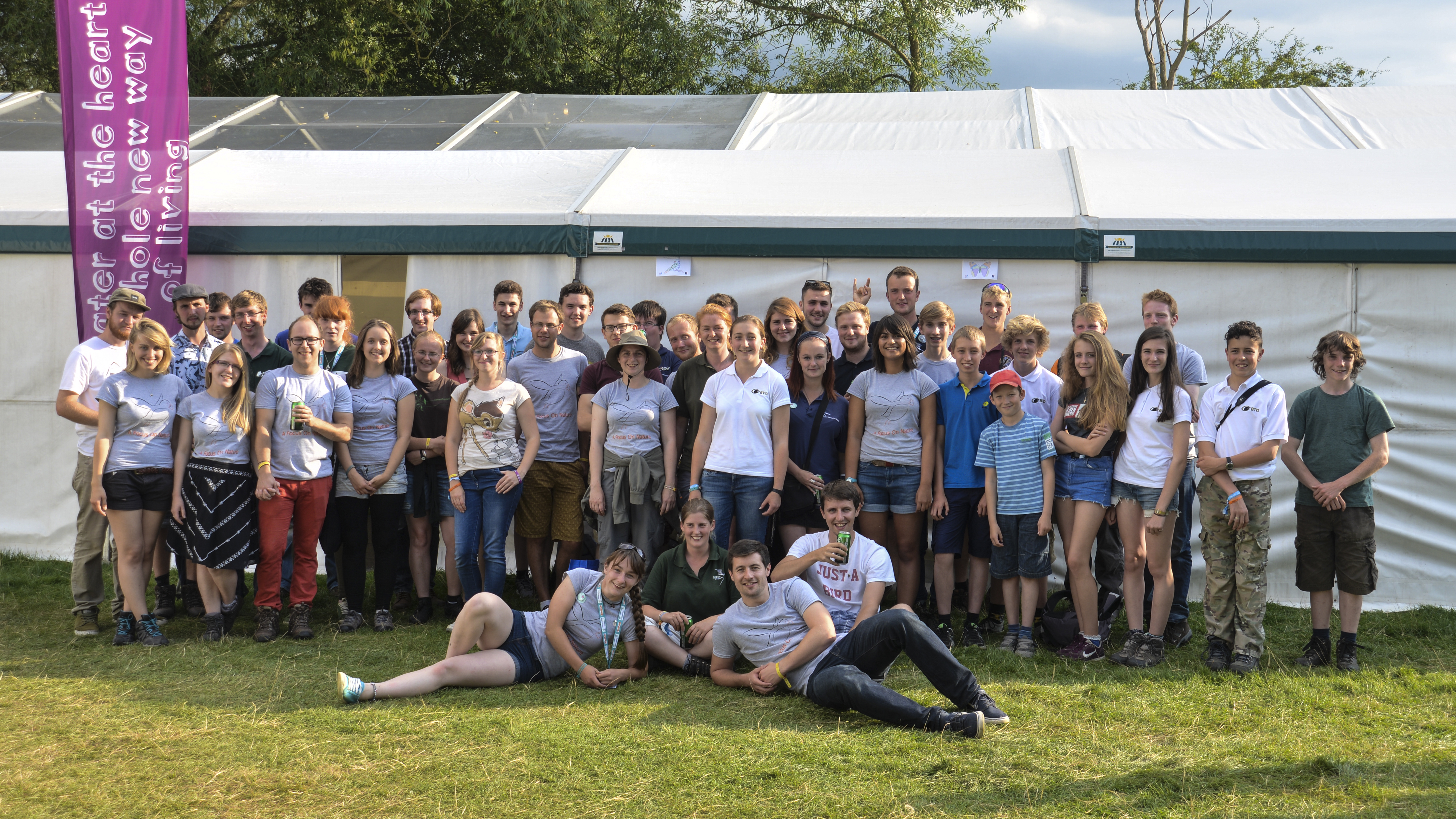Overall Thoughts on Birdfair
As you will know from my blog posts this week, I had a fantastic, busy, inspiring, wonderful time at Birdfair. My earlier posts covered what I got up to on each day, but I wanted to do a post that looked at Birdfair overall and my thoughts on different aspects of it.
Exhibitors
Well I was blown away by the number of exhibitors! I knew there would be many, I had been forewarned. But I was still shocked and amazed, and I definitely didn’t manage to see them all! I did get to visit a number of key stalls that I wanted to – Richard Lewington in the Art Marquee, BBC Wildlife Magazine, Butterfly Conservation (of course!), amongst just a few. I was astounded by the number of wildlife holiday exhibitors, and could only daydream about such holidays. However, Matt and I did pick up a few leaflets on France and the Pyrenees, maybe in the near future?
For the food exhibitors, it was a touch expensive (1 crepe for £4.50?!). However, that was to be expected really. It’s a shame there was nowhere to get tap water (that I knew of!). How many plastic bottles were unnecessarily bought and discarded that weekend I wonder? I took two (reused) bottles of water with me each day, but still ended up having to buy a bottle when it was very hot on the Saturday.
Also, on the issue of food exhibitors and waste. I saw a LOT of plastic cups! True there was plastic recycling, but surely there must be better alternatives? Then again, maybe there aren’t?
It was fabulous to have a local produce marquee – super yummy baked bread, scrumptious cheese and, of course, the beer! Apparently this tent was new this year? I thoroughly recommend that it gets repeated at future Bird Fairs!
People
Gosh what a weekend it was for meeting people! Whether it was people I had met before and hadn’t seen for ages, people I had talked to on social media but not met in person, or people that I had heard of but never interacted with previously. I caught up with friends, and made new ones, met celebrities from the TV and the conservation world. Basically, I talked a lot! And it was fantastic! I didn’t manage to catch everyone that I wanted to of course, the weekend was too busy for that, I doubt I could’ve done so even if I hadn’t gone around stalls or gone to talks!
Sexism
There were three things I noticed at Birdfair.
- Prior to Birdfair, they were publicising their celebrities page. Do go take a look at it, and tell me what you see. Mostly men! There is one female featured (and she deserves to be, Angie Scott’s photos are incredible!), but there must be more than one female celebrity in conservation that would be willing to give talks at Birdfair? Do not read into this that I think the men featured don’t deserve to be featured, they definitely do! They are all incredibly inspiring and do so much good work. But where are the women?!
- This theme of “where are the women?!” continues with my analysis of the Main Events Marquee Schedule. Again, do go take a look at it. Incredible speakers – but out of all three days, only ONE speaker that’s presenting alone is female, AND she is right at the end of the schedule on Sunday! If you include Angie Scott’s joint talk with Jonathan Scott, that gets you to two female speakers. By this, I am not including the debates / quizzes where there are more than three contributors / contestants on stage.The other lecture marquees had a better ratio of male:female speakers, which is a good start.
- Apparently the bar and the craft beer is only of interest to “gentlemen”. According to the compere in the Main Events Marquee anyway. At the end of each talk I went to, he would direct the audience to exit via the side exits, noting that for the gentlemen they could find the craft beer in the local produce tent and the bar just outside. He did this a few times, and I got rather annoyed. Women like alcohol too thank you very much! I actually went up and spoke to him about it, and he graciously apologised for making such comments. However, he kind of spoilt it when he said something along the lines of “but it’s craft beer”, to which my response was something like “… and?”. It’s true, I personally don’t like beer, but I know many women that do, so don’t isolate half your audience. He took my comments into account and didn’t repeat his sexist remarks. In fact, he didn’t mention the alcohol again, which I thought was a shame. Why not still mention the alcohol but without the everyday sexism?
Regrets & Plans for next year
- I didn’t meet Henry the Hen Harrier properly! I wandered past but was too shy to say hello or get my picture taken! Must do so in future!
- Planning – next year I shall look into what books / artwork I particularly want, so that it is less mind-boggling as I wander around!
- I would absolutely love to give a talk at Birdfair next year, and already have three potential topics in mind! So who knows, maybe next year I’ll be writing a review post from the point of view of a speaker?
- All in all, I know that Birdfair is definitely booked into my diary for next year!
The postings on this site are my own and don’t necessarily represent Dorset Wildlife Trust’s positions, strategies or opinions (or any other organisation or individuals for that matter).

























































































































































































































